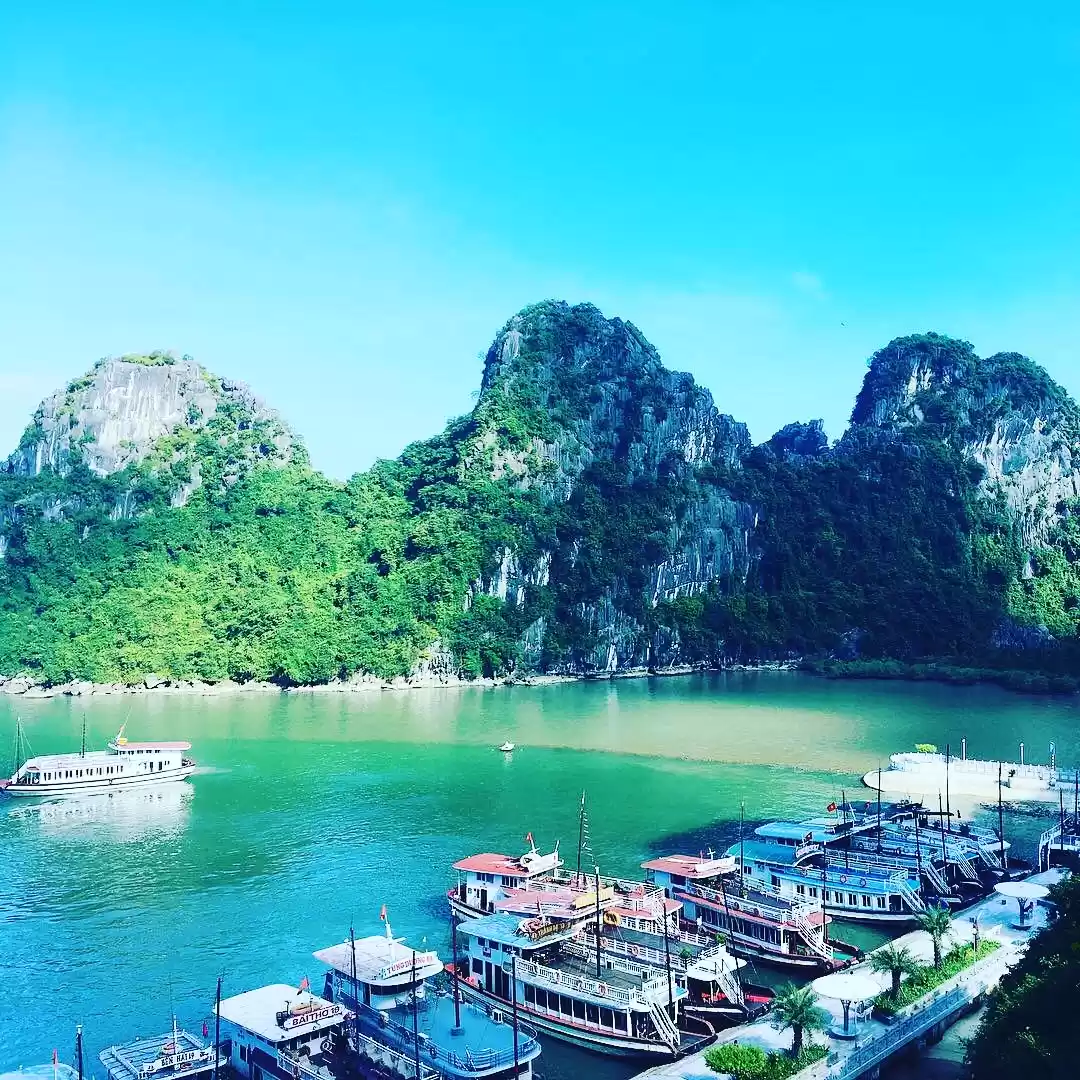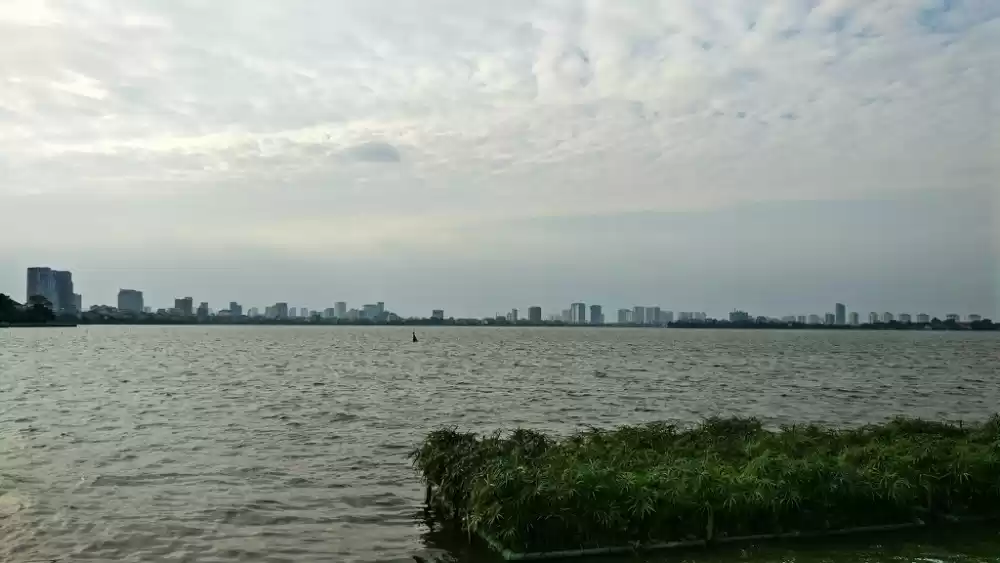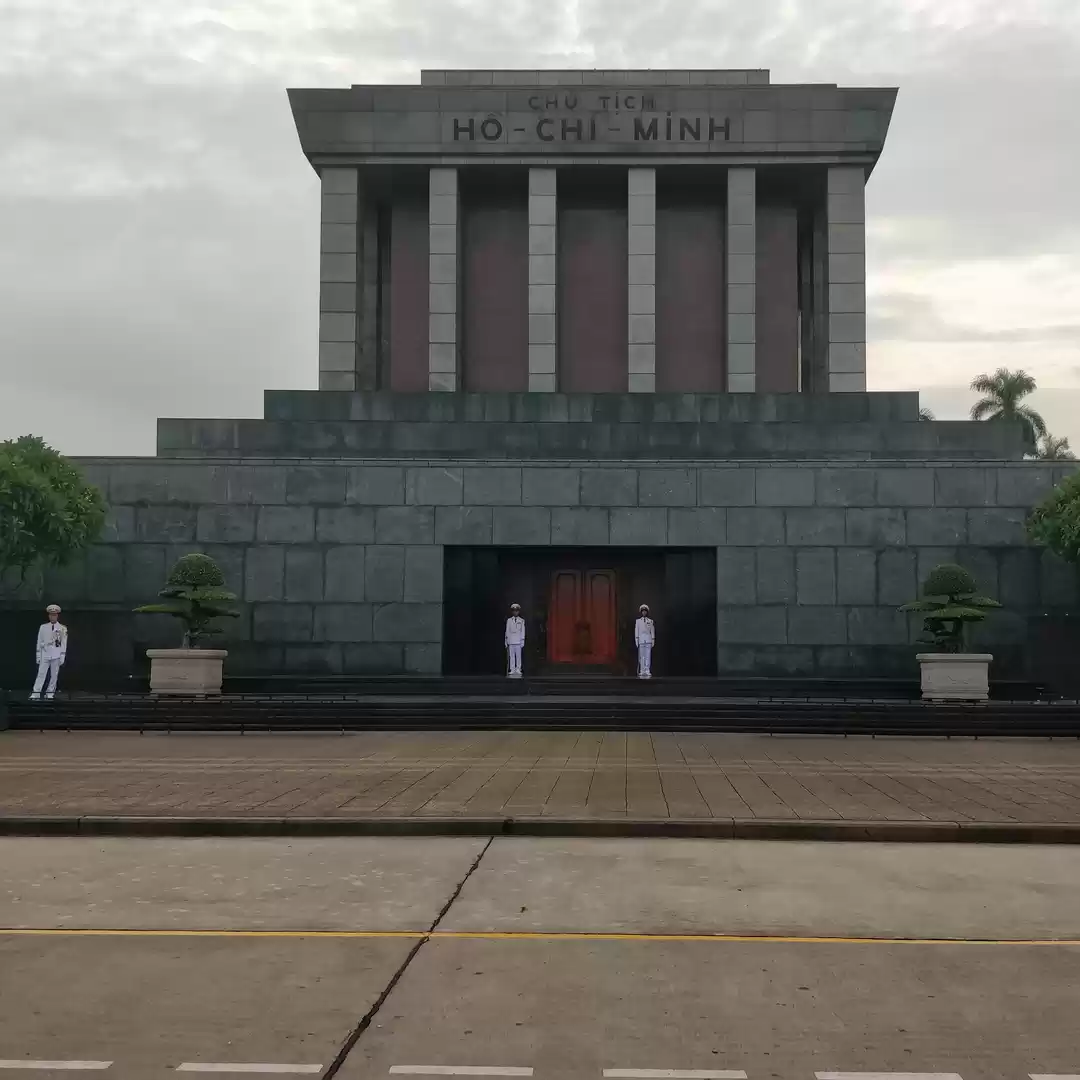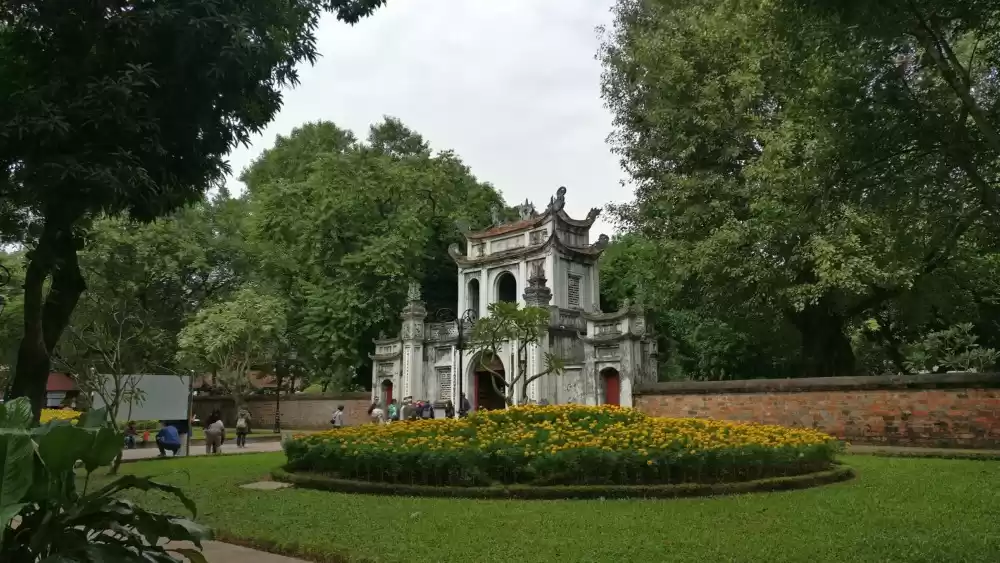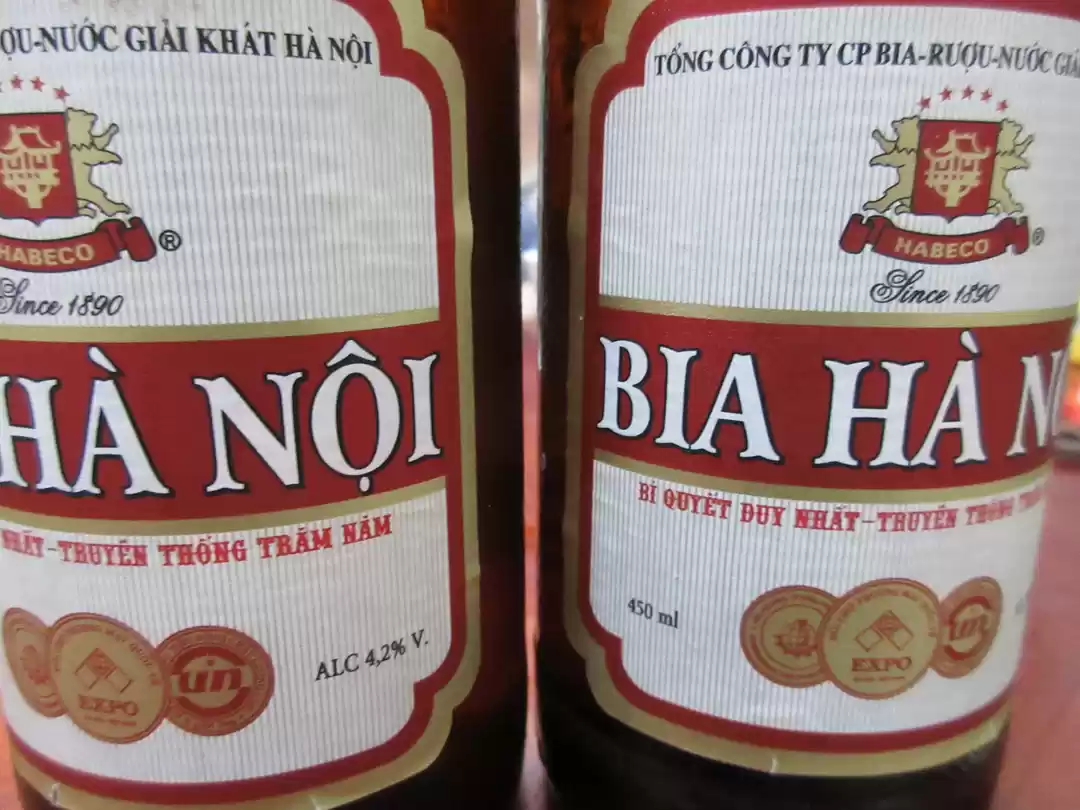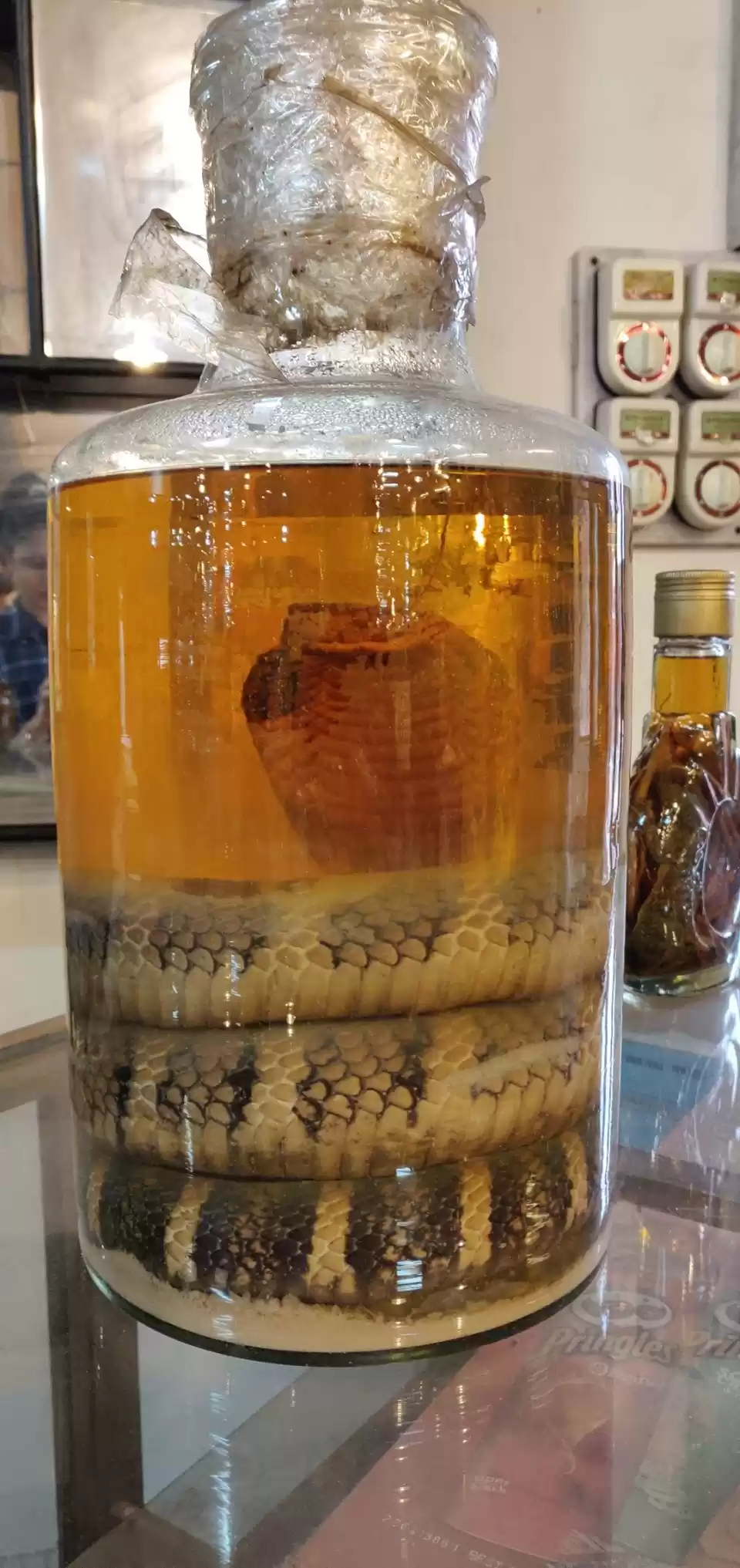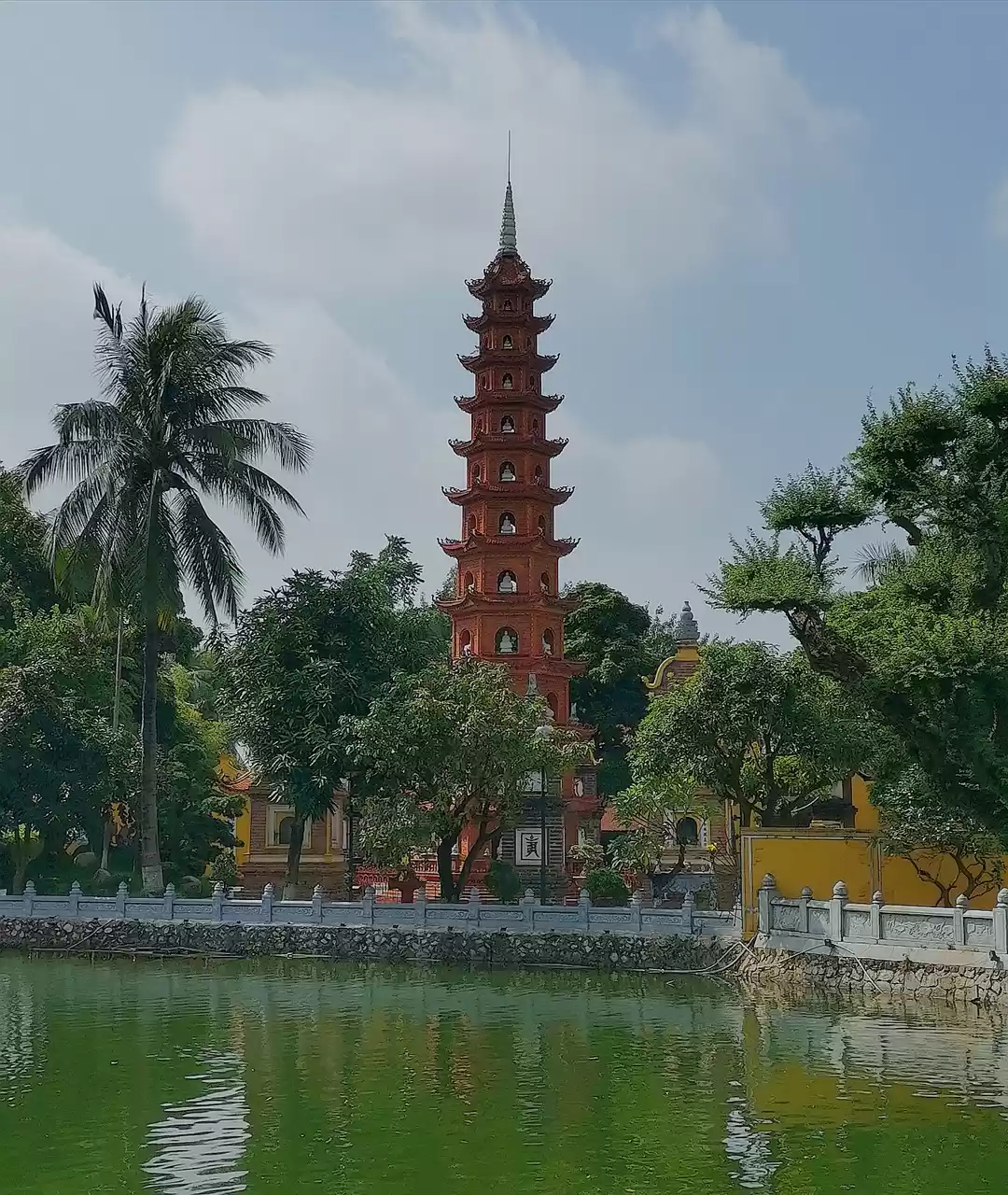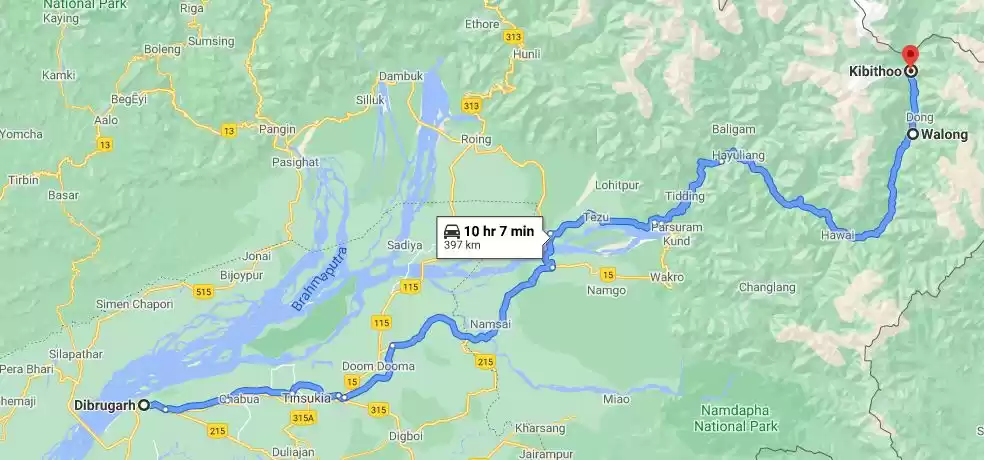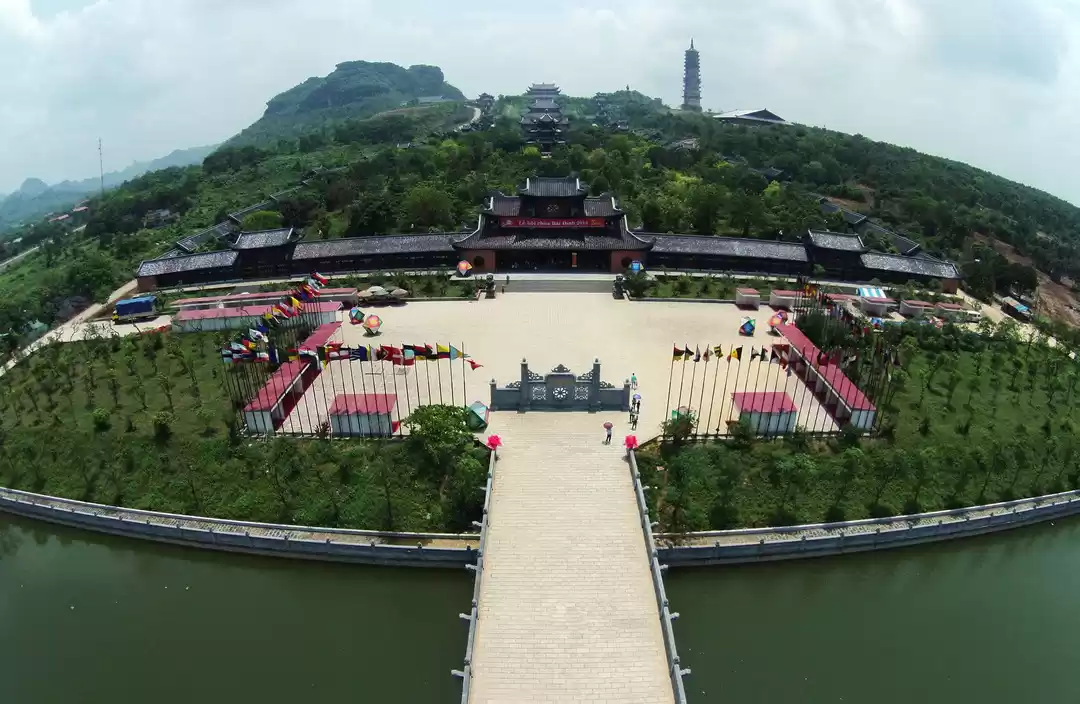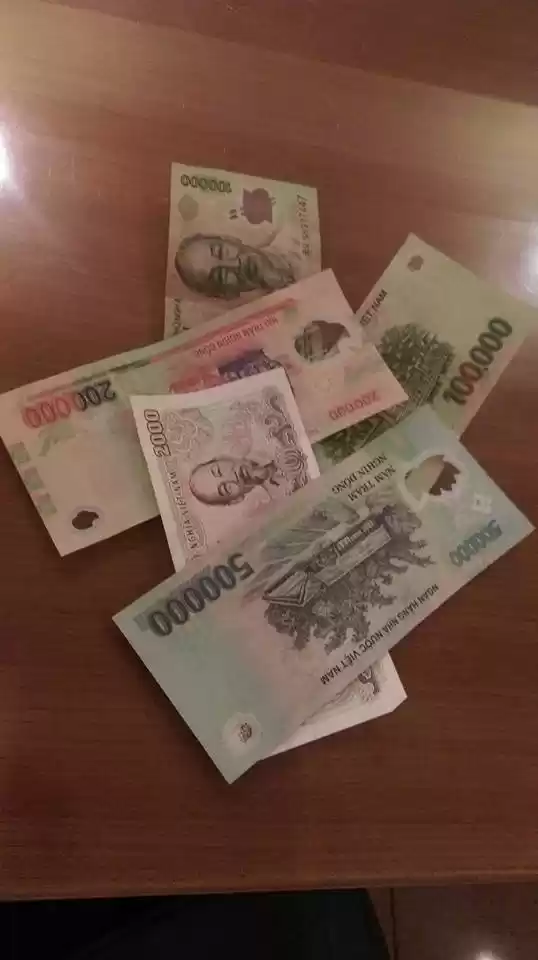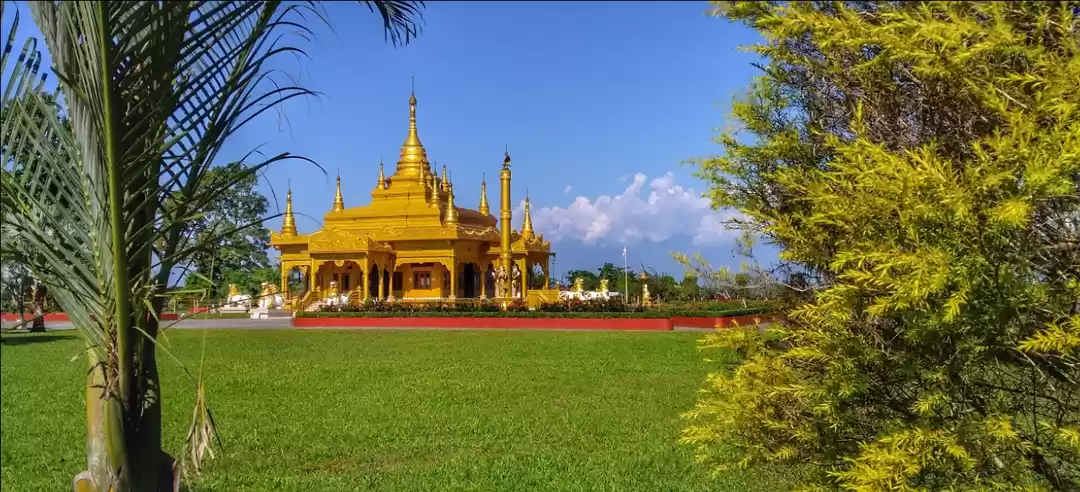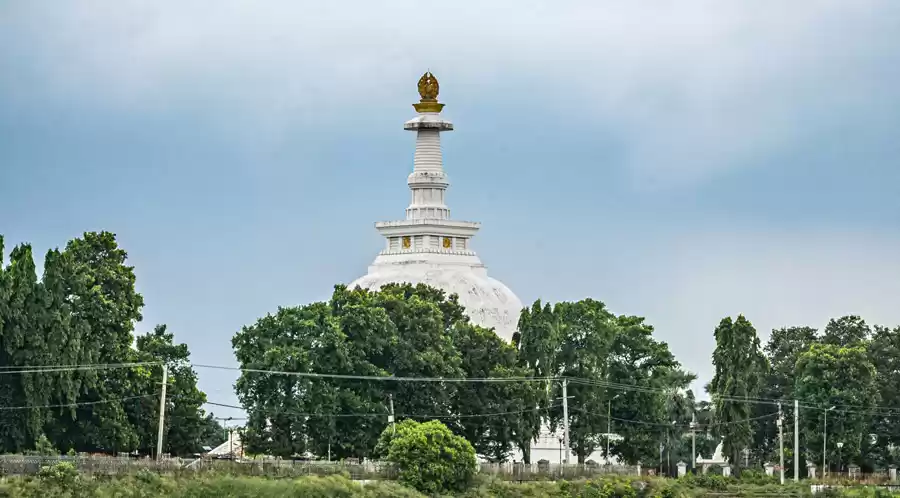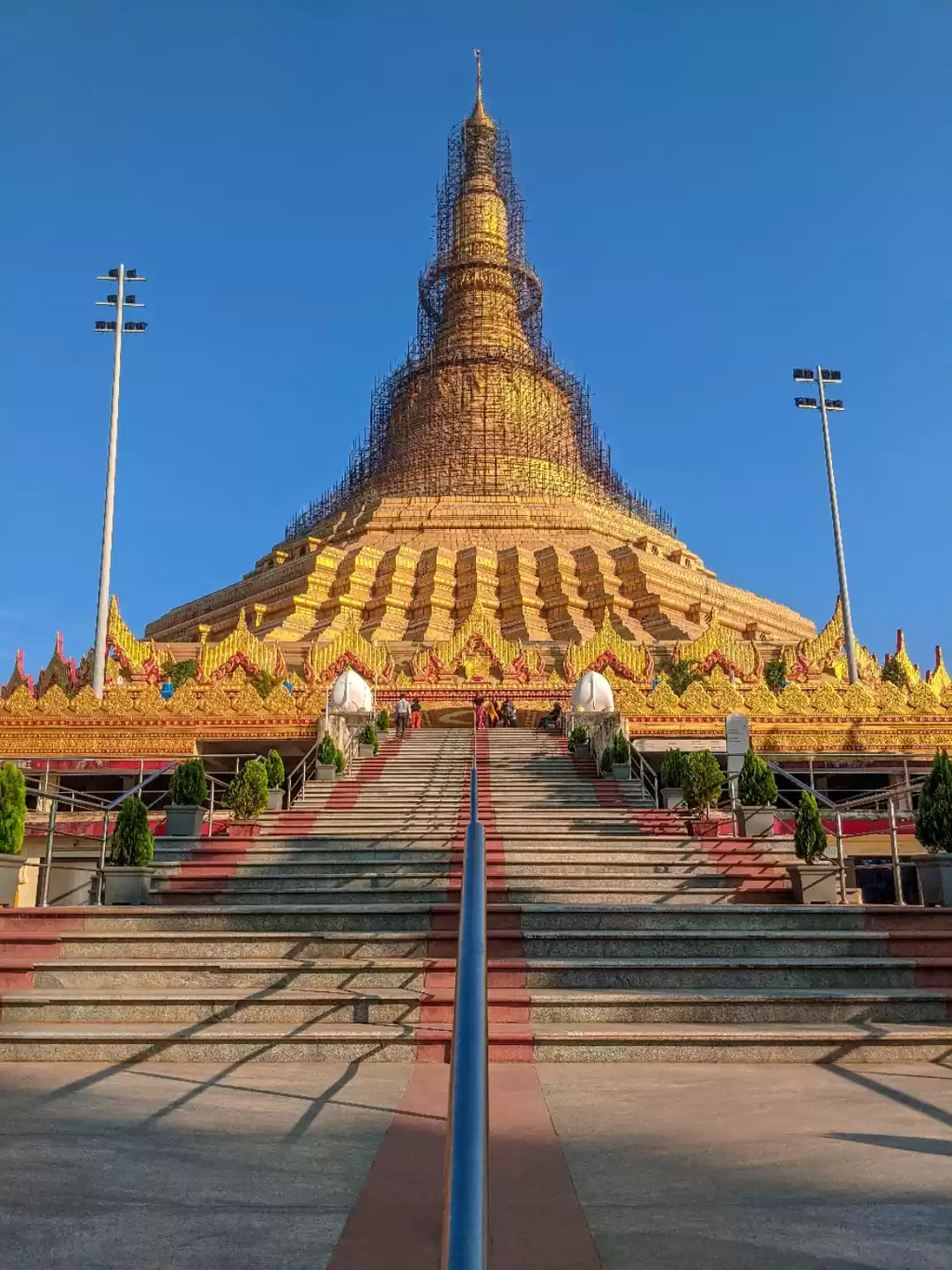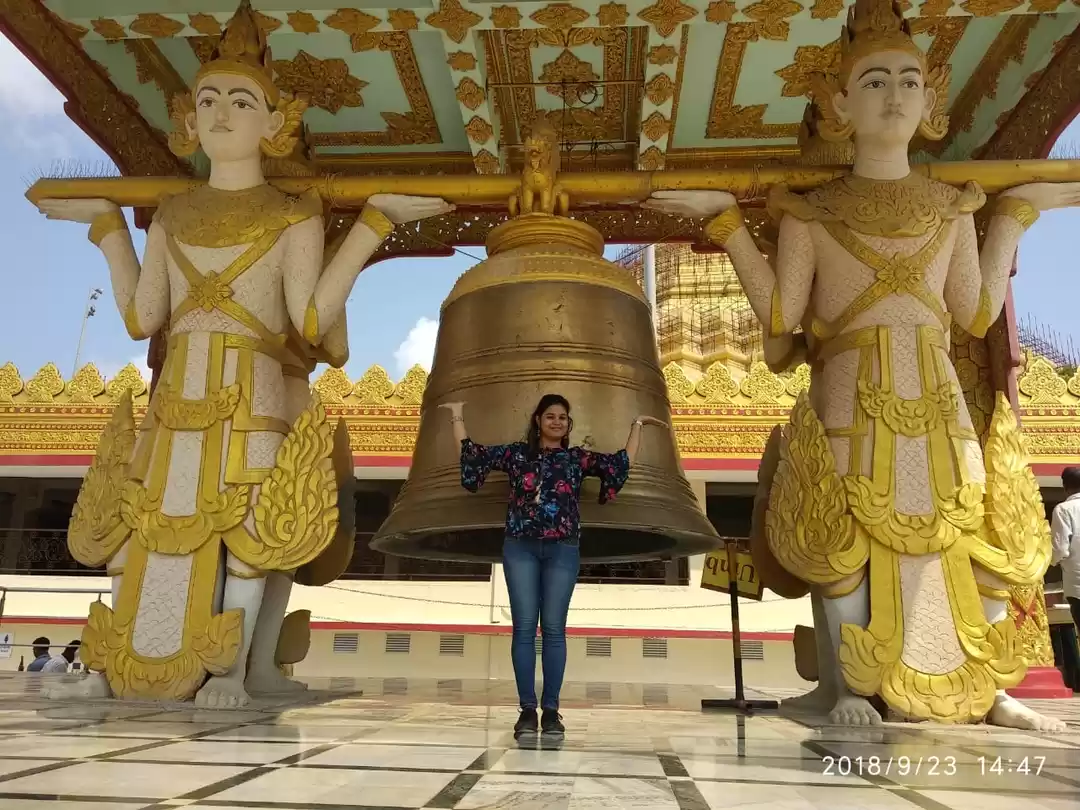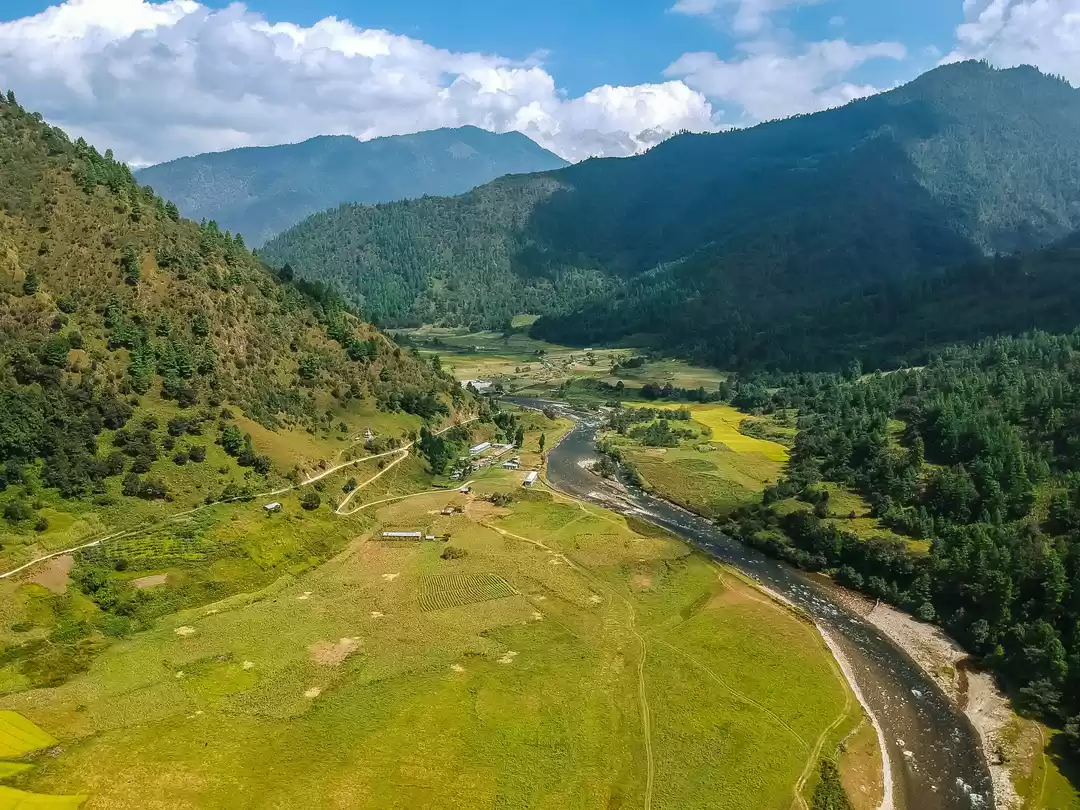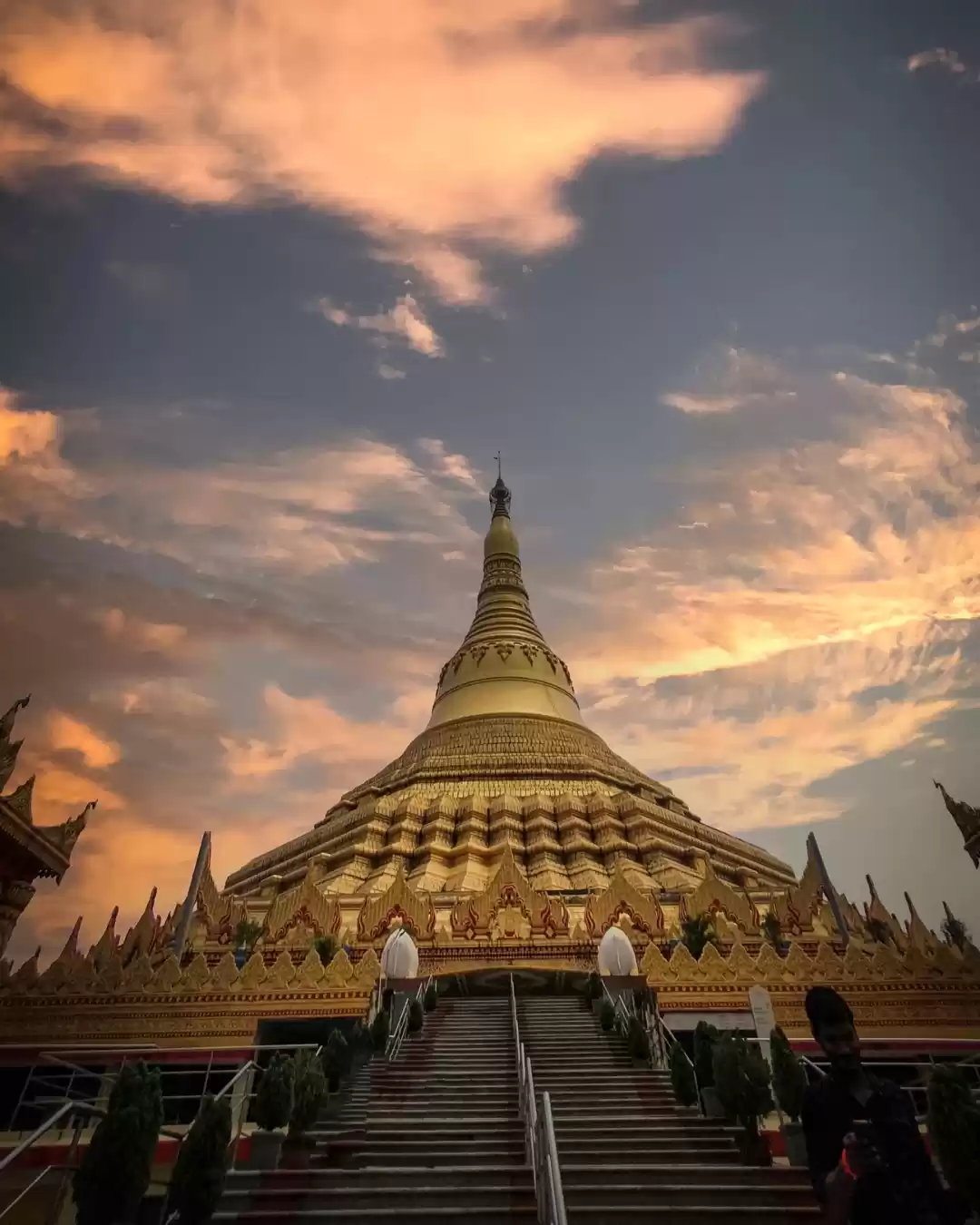Bich Dong Pagoda is one of the most beautiful and unique religious landmarks in Ninh Binh, Vietnam. Located on the slopes of a limestone mountain, the pagoda consists of three levels, each with its own cave and shrine. The pagoda dates back to the 15th century and has a rich history and culture, as well as stunning views and scenery. In this article, you will learn everything you need to know about Bich Dong Pagoda, from its location and history, to its attractions and activities, to its food and accommodation. Whether you are a history buff, a nature lover, or a spiritual seeker, you will find something to enjoy and appreciate at Bich Dong Pagoda.
Where is Bich Dong Pagoda? How to get there?
Bich Dong Pagoda is located in Ninh Hai commune, Hoa Lu district, Ninh Binh province, about 100 km south of Hanoi, the capital of Vietnam. You can see the location of Bich Dong Pagoda on this map.
There are several ways to get to Bich Dong Pagoda from different locations, depending on your preference and budget. Here are some of the most common options:
From Hanoi:
You can take a train, a bus, or a private car from Hanoi to Ninh Binh, which takes about 2 to 3 hours. The train costs about 80,000 to 150,000 VND (3.5 to 6.5 USD) per person, the bus costs about 100,000 to 200,000 VND (4.3 to 8.6 USD) per person, and the private car costs about 1,500,000 to 2,000,000 VND (65 to 86 USD) per car. Once you arrive in Ninh Binh, you can take a taxi, a motorbike, or a bicycle to Bich Dong Pagoda, which is about 10 km away.
The taxi costs about 150,000 to 200,000 VND (6.5 to 8.6 USD) per ride, the motorbike costs about 100,000 to 150,000 VND (4.3 to 6.5 USD) per day, and the bicycle costs about 50,000 to 100,000 VND (2.2 to 4.3 USD) per day.
From Ninh Binh:
If you are already in Ninh Binh, you can easily reach Bich Dong Pagoda by taxi, motorbike, or bicycle, as mentioned above. You can also take a boat ride from Tam Coc, which is a popular tourist attraction near Bich Dong Pagoda. The boat ride costs about 150,000 to 200,000 VND (6.5 to 8.6 USD) per person, and takes about 2 hours. You will enjoy the scenic views of the rice fields, the limestone mountains, and the river along the way.
From Tam Coc:
If you are staying in Tam Coc, you can walk, bike, or motorbike to Bich Dong Pagoda, which is only about 3 km away. You can also take a boat ride, as mentioned above. Tam Coc is a great place to base yourself if you want to explore Bich Dong Pagoda and other nearby attractions, such as Thai Vi Temple, Mua Cave, and Trang An.
Some tips and advice for getting to Bich Dong Pagoda are:
The best time to visit Bich Dong Pagoda is in the spring (February to April) or the autumn (September to November), when the weather is pleasant and the scenery is lush and colorful.
The dress code for Bich Dong Pagoda is modest and respectful, as it is a sacred place. You should cover your shoulders and knees, and avoid wearing shorts, skirts, or sleeveless tops. You should also remove your shoes before entering the pagodas and the caves.
The duration of the visit to Bich Dong Pagoda depends on your interest and pace, but you should plan for at least 2 to 3 hours to explore the pagoda complex and enjoy the views. You can also spend more time if you want to visit the nearby attractions or join the festivals.
The nearby attractions that you can visit along with Bich Dong Pagoda are Thai Vi Temple, Tam Coc, Mua Cave, and Trang An. Thai Vi Temple is a 13th-century temple dedicated to the Tran dynasty kings, and is located about 2 km from Bich Dong Pagoda. Tam Coc is a natural wonder that consists of three caves and a river, and is often called the “Halong Bay on land”. Mua Cave is a cave that offers a panoramic view of the Ninh Binh landscape from its peak, and is located about 4 km from Bich Dong Pagoda. Trang An is a UNESCO World Heritage Site that features a complex of caves, temples, and mountains, and is located about 15 km from Bich Dong Pagoda.

Learn about the long history of Bich Dong Pagoda
Bich Dong Pagoda has a long and fascinating history that spans over six centuries. The pagoda was first built in 1428 by two Buddhist monks, named Minh Hanh and Huyen Quang, who came from Thien Truc Temple in Thanh Hoa province. They were impressed by the beauty and tranquility of the mountain and the cave, and decided to build a pagoda there. They named it Bich Dong, which means “Green Grotto” or “Jade Grotto”, because of the green color of the water and the stone.
The pagoda was renovated and expanded in 1705 by Nguyen Nghiem, the father of the famous poet Nguyen Du, who was the governor of Ninh Binh at the time. He added two more pagodas, one on the lower level and one on the upper level, and connected them by stone stairs and bridges. He also decorated the pagoda with dragon and phoenix motifs, and inscribed a poem on the gate. He named the three pagodas Ha, Trung, and Thuong, which mean “Lower”, “Middle”, and “Upper”, respectively.
The pagoda was recognized as a national historical and cultural relic in 1996 by the Vietnamese government, and has been preserved and restored ever since. The pagoda is a place of worship, pilgrimage, and education, as well as a symbol of the Vietnamese resistance against foreign invaders, such as the Ming and the French. The pagoda also hosts several festivals and events throughout the year, such as the Spring Festival, the Autumn Festival, and the Lantern Festival, which attract thousands of visitors and devotees.
There are also some legends and stories associated with Bich Dong Pagoda, such as:
The miraculous appearance of the Buddha statue: According to legend, when the two monks built the pagoda, they found a statue of the Buddha in the cave, which they believed was a sign of the Buddha’s blessing. They placed the statue in the pagoda and worshipped it. However, the next day, the statue disappeared and reappeared in the cave. The monks tried to move the statue back to the pagoda several times, but the same thing happened. They realized that the statue wanted to stay in the cave, and decided to leave it there. The statue is still in the cave today, and is considered to be very sacred and powerful.
The prophecy of the golden turtle: According to legend, when Nguyen Nghiem renovated the pagoda, he saw a golden turtle in the pond in front of the pagoda. The turtle told him that he was the guardian of the pagoda, and that he had a prophecy for him. The turtle said that Nguyen Nghiem’s son, Nguyen Du, would become a great poet and a national hero, and that his works would be admired by generations. The turtle also said that Nguyen Nghiem’s daughter, Nguyen Thi Lo, would marry a king and become a queen. The turtle then disappeared into the water. The prophecy came true, as Nguyen Du wrote the masterpiece “The Tale of Kieu”, and Nguyen Thi Lo married King Gia Long and became Queen Le Ngoc Han.
The love story of Nguyen Du and his concubine: According to legend, Nguyen Du fell in love with a beautiful and talented woman, who was his concubine, when he was in Ninh Binh. They often visited Bich Dong Pagoda together, and enjoyed the romantic atmosphere of the place. However, their love was doomed, as Nguyen Du had to leave Ninh Binh and return to the royal court, and his concubine died of illness and grief. Nguyen Du was heartbroken, and wrote a poem to express his sorrow and longing. The poem is engraved on a stone stele in the pagoda, and is considered to be one of his finest works.
Top 5 notable attractions of Bich Dong Pagoda Ninh Binh
Bich Dong Pagoda is not only a historical and cultural site, but also a natural and architectural wonder. The pagoda has many attractions that showcase its beauty and charm, as well as its religious and cultural values. Here are the top five attractions that you should not miss when you visit Bich Dong Pagoda:

The three pagodas:
Ha, Trung, and Thuong, each located on a different level of the mountain, and connected by stone stairs and bridges. The Ha Pagoda is the largest and the most accessible, and is located at the foot of the mountain. It has a spacious courtyard, a gate, and a bell tower. The Trung Pagoda is the most mysterious and secluded, and is located in the middle of the mountain. It has a dark cave behind it, where the Buddha statue is located. The Thuong Pagoda is the smallest and the highest, and is located on the top of the mountain. It has a bright cave behind it, where the shrines and altars are located. The three pagodas have different styles and decorations, but they all share the same theme of harmony between nature and human.
The caves:
Dark Cave, Bright Cave, and Fairy Cave, each located behind or between the pagodas, and containing shrines, altars, and inscriptions. The Dark Cave is the largest and the deepest, and is located behind the Trung Pagoda. It has a narrow entrance, but a spacious interior, where the Buddha statue is located. The Bright Cave is the smallest and the brightest, and is located behind the Thuong Pagoda. It has a wide entrance, but a narrow interior, where the shrines and altars are located. The Fairy Cave is the most beautiful and the most hidden, and is located between the Ha and the Trung Pagodas. It has a secret passage, but a magnificent interior, where the stalactites and stalagmites are located. The caves have different atmospheres and formations, but they all share the same theme of mystery and spirituality.
The pond:
Located in front of the Ha Pagoda, and surrounded by lotus flowers and willow trees. The pond is a serene and tranquil spot, where you can relax and enjoy the view of the pagoda and the mountain. The pond is also home to a legend of the golden turtle, who is the guardian of the pagoda and the giver of prophecies. You can try to spot the turtle in the water, or feed the fish and the ducks that live in the pond. The pond has a simple and natural beauty, but it also shares the same theme of luck and fortune.
The gate:
Located at the entrance of the pagoda complex, and decorated with dragon and phoenix motifs. The gate is a majestic and impressive structure, where you can admire the craftsmanship and the symbolism of the pagoda. The gate is also inscribed with a poem by Nguyen Nghiem, who renovated the pagoda in 1705. The poem praises the beauty and the charm of the pagoda and the mountain, and invites the visitors to explore and enjoy them. The gate has a grand and elegant appearance, but it also shares the same theme of culture and literature.
The bell tower:
Located on the top of the mountain, and visible from afar. The bell tower is a simple and humble structure, where you can listen to the sound and the shape of the bell. The bell tower is also a place of worship and meditation, where you can pray and feel the peace and spirituality of the pagoda. The bell tower has a modest and graceful presence, but it also shares the same theme of faith and enlightenment.
What to do in Bich Dong Pagoda Ninh Binh
Bich Dong Pagoda is not only a place to admire and learn, but also a place to experience and enjoy. There are many things that you can do in and around Bich Dong Pagoda, such as:
- Exploring the caves and pagodas, and admiring the views and scenery of the mountain and the valley. You can climb the stone stairs and bridges that connect the three pagodas, and discover the caves and shrines that hide behind them. You can also marvel at the natural and artificial beauty of the pagoda complex, and take in the panoramic views of the green fields, the blue sky, and the limestone karsts.
- Taking photos and videos of the pagoda and the surrounding area, and capturing the beauty and charm of the place. You can find many spots and angles to take stunning photos and videos of Bich Dong Pagoda, such as the gate, the pond, the bell tower, the caves, and the pagodas. You can also use the natural light and the colors of the seasons to enhance your shots. You can also pose with the statues, the relics, and the flowers, and create memorable souvenirs of your visit.
- Visiting nearby temples and villages, such as Thai Vi Temple, Tam Coc Village, and Bich Dong Village, and learning about their history and culture. You can take a short walk, bike, or motorbike ride to these places, and explore their attractions and features. You can also interact with the local people and learn about their lifestyle and traditions. You can also buy some souvenirs and handicrafts from the local shops and markets.
- Joining festivals and events, such as the Spring Festival, the Autumn Festival, and the Lantern Festival, and experiencing the local customs and traditions. You can visit Bich Dong Pagoda during these occasions, and witness the lively and festive atmosphere of the place. You can also participate in the rituals and ceremonies, such as offering incense, praying, and lighting lanterns. You can also enjoy the performances and activities, such as music, dance, games, and contests.
- Praying and meditating, and feeling the peace and spirituality of the pagoda. You can visit Bich Dong Pagoda at any time, and find a quiet and serene spot to pray and meditate. You can also listen to the sound of the bell, the water, and the wind, and feel the presence and the blessing of the Buddha and the deities. You can also reflect on your life and your goals, and find inspiration and guidance from the pagoda.
What to eat near Bich Dong Pagoda Ninh Binh
Bich Dong Pagoda is not only a place to feast your eyes and your mind, but also a place to feast your stomach and your taste buds. There are many delicious and authentic dishes that you can try near Bich Dong Pagoda, such as:
Goat meat:
A delicacy of Ninh Binh, prepared in various ways, such as grilled, fried, steamed, or boiled, and served with herbs, spices, and sauces. Goat meat is tender and flavorful, and is rich in protein and minerals. You can find many restaurants and stalls that offer goat meat near Bich Dong Pagoda, such as Thang Long Restaurant, Ninh Binh Goat Meat Restaurant, and Bich Dong Goat Meat Restaurant.
Rice crust:
A crispy and savory dish, made from the bottom layer of cooked rice, and topped with meat, seafood, vegetables, and eggs. Rice crust is crunchy and tasty, and is a great way to use up leftover rice. You can find many places that serve rice crust near Bich Dong Pagoda, such as Ninh Binh Rice Crust Restaurant, Tam Coc Rice Crust Restaurant, and Bich Dong Rice Crust Restaurant.
Eel vermicelli:
A noodle soup, made from eel, vermicelli, herbs, and broth, and seasoned with vinegar, chili, and garlic. Eel vermicelli is a warming and satisfying dish, and is good for your health and digestion. You can find many places that offer eel vermicelli near Bich Dong Pagoda, such as Ninh Binh Eel Vermicelli Restaurant, Tam Coc Eel Vermicelli Restaurant, and Bich Dong Eel Vermicelli Restaurant.
Lotus tea:
A fragrant and refreshing drink, made from lotus flowers, green tea, and sugar, and served hot or cold. Lotus tea is a specialty of Ninh Binh, and is a symbol of purity and elegance. You can find many places that sell lotus tea near Bich Dong Pagoda, such as Ninh Binh Lotus Tea Shop, Tam Coc Lotus Tea Shop, and Bich Dong Lotus Tea Shop.
These are some of the best dishes that you can enjoy near Bich Dong Pagoda, but there are many more to discover and savor. You can also ask the local people for their recommendations and suggestions, and try some of the street food and snacks that are available in the area. You will surely have a memorable and mouthwatering experience at Bich Dong Pagoda.
Bich Dong Pagoda is a historical and cultural gem in Ninh Binh, Vietnam, that offers a unique and unforgettable experience for visitors. Whether you are interested in history, culture, nature, or spirituality, you will find something to enjoy and appreciate at Bich Dong Pagoda. You will also have the opportunity to explore the nearby attractions, such as Tam Coc, Thai Vi Temple, Mua Cave, and Trang An, and immerse yourself in the beauty and charm of Ninh Binh.
Thank you for reading this article, and we hope you found it informative and useful. Please feel free to share your feedback and comments with us, and let us know if you have any questions or suggestions.
We look forward to hearing from you, and we wish you a happy and safe journey to Bich Dong Pagoda.

